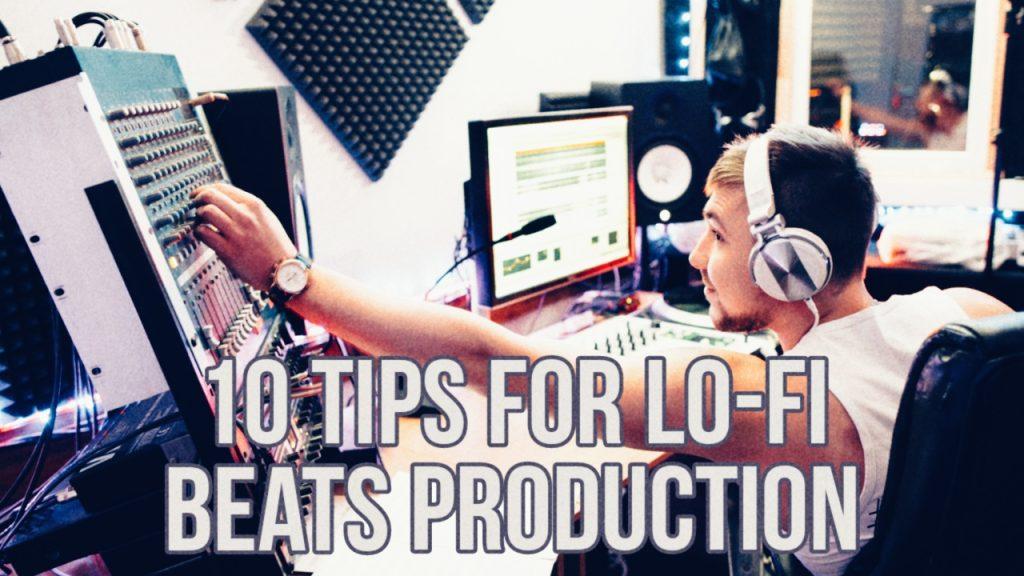It is 2024, and the world is abuzz with technology, innovation, and endless distractions already. Amidst this whirlwind of modern life, there’s one constant: the enduring appeal of lo-fi beats. This is what I offer on this site in 2024 either. Let’s kick off this year with mellow beats.
A Retro Revival with a Modern Flair
Lo-fi, short for low-fidelity, is a genre of music that emerged from the underground hip-hop scene in the early 2000s. It is often characterized by its minimalist production (which is my ars poetica we well), laid-back (instrumental) beats, and sometimes sampled jazz or soul elements. As many times written about: lo-fi beats quickly gained a cult following for its ability to induce a sense of calm and focus. In this buzzy era, we seek chill moments to relax.
In recent years, lo-fi beats have transcended its niche origins to become a mainstream phenomenon, with millions of listeners tuning in to lo-fi playlists on streaming platforms like YouTube Music and Spotify. This surge in popularity can be attributed to several factors to my point of view, including the following:
The rise of digital work and study habits. As more people work and study from home (especially since 2020), they’re seeking out music that helps them focus and concentrate. Lo-fi’s tranquil, unobtrusive nature makes it an ideal soundtrack for these tasks.
The internet’s role in fostering a community. Lo-fi music has flourished on YouTube, where countless channels dedicated to the genre have emerged. These channels have created a super vibrant online community where fans can connect, share playlists, and discover new artists. Not to mention the rise of Discord channels and (sub) Reddits, where people can find an infinite number of new beats.
Lo-Fi Beats’ Impact on Mental Wellness
Before going deeper into this topic: I am not a doctor, only citing different articles you may also find on the internet with some Google-time.
According to these articles, the therapeutic benefits of lo-fi music have been extensively documented. Studies have shown that lo-fi can reduce stress, anxiety, and depression, while also improving focus, creativity, and mood.
One study, published in the journal “Frontiers in Human Neuroscience,” found that listening to lo-fi music for 30 minutes significantly reduced participants’ heart rate and blood pressure levels.
Another study, published in the journal “Music Perception,” found that lo-fi music improved participants’ ability to perform tasks that required attention and focus.
Lo-Fi’s Influence on Popular Culture
Lo-fi’s influence has extended far beyond the realm of music. It has permeated popular culture, inspiring fashion trends, art, and even language. This phenomenon started a couple of years ago, yet still seems to be rising, thanks to the ever-growing community.
The “study with me” trend, which features videos of people studying while listening to lo-fi music, has gained immense popularity on social media platforms like YouTube and TikTok. Lo-fi aesthetics have also influenced fashion choices, with athleisure, oversized clothes, and neutral colors becoming staples of the lo-fi lifestyle.
Though honestly speaking, I am not (always) wearing oversized pullovers. Look weird in the office as an office worker. 🙂
Conclusion: Lo-Fi Beats’ Enduring Appeal
Lo-fi music has undoubtedly become a cultural phenomenon, offering comfort and inspiration to millions of listeners worldwide. The Latte Chill project has been here since 2007 to offer this vibe and will continue to serve in 2024 and on.
Its ability to evoke a sense of calm, focus, and creativity has made it an indispensable part of modern life. As we navigate the ever-changing landscape of technology and society, lo-fi music will undoubtedly continue to provide a soothing and enriching soundtrack for our minds and souls.


